Keeping a clean and healthy home requires more than just occasional sweeping and dusting — efficient vacuuming plays a critical role in maintaining cleanliness. By approaching the process room by room, using the right tools, techniques, and frequency, homeowners can achieve a spotless interior with less effort and better results. Below is a comprehensive guide on how to vacuum efficiently, ensuring every room is tackled with precision.
Understanding Your Vacuum: Types and Attachments Matter
Before diving into specific rooms, it is essential to ensure that the vacuum cleaner used is suitable for the task. There are various types of vacuums:
- Upright vacuums – Ideal for large carpeted areas.
- Canister vacuums – Better for stairs and hard-to-reach spaces.
- Stick vacuums – Convenient for quick cleanups and small spaces.
- Robotic vacuums – Great for daily light cleaning, but not suitable for deep cleaning.
- Handheld vacuums – Perfect for upholstery, stairs, and corners.
Each vacuum comes with specific attachments:
- Crevice tool: Gets into corners and edges.
- Upholstery tool: Designed for sofas, cushions, and fabric surfaces.
- Dusting brush: Soft bristles help with shelves and delicate surfaces.
- Power brush: Excellent for deep-cleaning carpets.
Using the right combination of vacuum and attachments ensures maximum efficiency.
Vacuuming the Living Room: High-Traffic Area Precision
The living room is often the most used space in the house, making it a magnet for dust, pet hair, crumbs, and allergens.
Step-by-Step Guide:
- Declutter first: Remove toys, magazines, and other small items from the floor.
- Dust surfaces before vacuuming: Start from top to bottom — ceiling fans, window sills, coffee tables — so dust falls to the floor.
- Use the correct setting for the type of flooring. For carpeted areas, use the rotating brush setting. For hardwood floors, turn off the brush to avoid scratches.
- Vacuum slowly in overlapping passes. Rushing can reduce efficiency — slow movements help suck up embedded dirt.
- Edge work: Use the crevice tool along baseboards and under furniture.
- Vacuum upholstery: Don’t forget sofas and chairs. Use the upholstery tool for cushions and backs.
- Repeat twice a week in homes with pets or children.
Efficient Vacuuming in the Bedroom: Allergen-Free Sleeping Zones
Bedrooms are often overlooked, but they accumulate dust mites, skin cells, and allergens quickly.
Detailed Bedroom Vacuuming Tips:
- Move furniture periodically. Dust and allergens gather under beds and dressers. If possible, vacuum under beds weekly.
- Focus on carpeted areas, especially near the bed, as it collects hair and particles.
- Use a HEPA-filter vacuum to trap allergens, especially important for those with asthma or allergies.
- Vacuum the mattress using an upholstery tool to remove dust mites. For best results, vacuum both sides of the mattress monthly.
- Clean drapes and curtains with a dusting brush attachment.
- Closet floors should not be ignored — they collect lint, debris, and forgotten dirt.
Kitchen Vacuuming: Tackling Crumbs and Debris Strategically
Though often swept or mopped, the kitchen benefits greatly from regular vacuuming, especially in hard-to-reach areas.
Step-by-Step Kitchen Vacuuming:
- Vacuum under appliances like the refrigerator and oven monthly. Pull out appliances if necessary.
- Use the crevice tool along baseboards, under cabinets, and behind garbage bins.
- Focus around the dining area, where crumbs fall regularly.
- Clean vents and range hood filters with the dusting attachment to reduce grease buildup.
- Avoid wet messes – vacuum only dry crumbs and particles to prevent damage.
Bathroom Vacuuming: Uncommon but Critical
While typically cleaned with mops and disinfectants, vacuuming the bathroom can remove hair, dust, and lint more effectively before wet cleaning.
Effective Bathroom Vacuuming Tips:
- Vacuum before mopping. This ensures hair and lint don’t clump when wet.
- Use handheld vacuums for precision on tile and behind the toilet.
- Vacuum rugs and mats using a brush attachment — this keeps them clean and extends their lifespan.
- Focus on corners and under sinks, where dust often settles unnoticed.
Hallways and Stairs: High-Impact Zones That Need Special Attention
Staircases and hallways experience the highest foot traffic in most homes, leading to rapid dirt accumulation.
Vacuuming Strategies for Stairs and Hallways:
- Use a canister or handheld vacuum for stairs — easier to maneuver and safer.
- Begin at the top step and work downward to avoid tracking dirt.
- Use the crevice tool for stair edges and corners.
- Hallways should be vacuumed in overlapping strokes — go both with and against the direction of foot traffic.
- Increase frequency to three times a week for carpeted staircases.
Home Office Vacuuming: Clean Workspace, Clear Mind
With more people working from home, keeping a tidy home office is essential for productivity and health.
Vacuuming Your Workspace:
- Move chairs and equipment out of the way.
- Use the dusting brush to clean computer vents, printers, and keyboards.
- Vacuum behind and beneath desks, especially around cable clusters.
- Use a HEPA-filter vacuum to minimize dust and allergens in enclosed spaces.
Tips to Maximize Vacuuming Efficiency
To truly vacuum efficiently room by room, implement these professional-grade tips:
- Vacuum in two directions: Go north-south, then east-west to lift more dirt.
- Empty the vacuum canister regularly to maintain suction power.
- Clean filters and brushes monthly to prevent blockages.
- Use slow, deliberate strokes – fast movements reduce dirt pickup.
- Don’t overfill bags or bins – suction drops significantly when full.
- Schedule vacuuming routines based on traffic. Daily in high-use areas, weekly in less-used rooms.
Conclusion
Efficient vacuuming isn’t just about turning the machine on and covering the area quickly. It’s about strategic, room-specific techniques, using the right tools, timing, and attachments to maximize cleanliness. A clean home isn’t just visually appealing — it’s healthier, more comfortable, and better maintained. By vacuuming room by room with focus and precision, homeowners can significantly improve the air quality, longevity of their floors, and overall home hygiene.


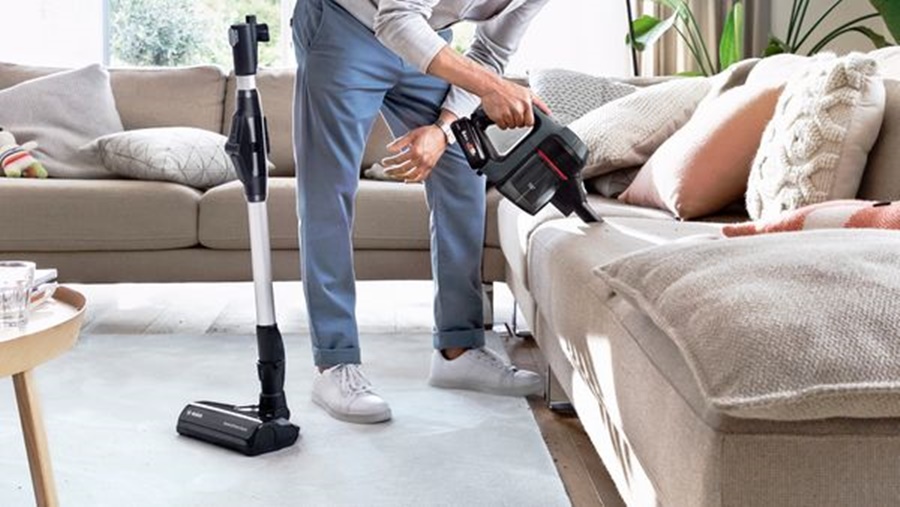
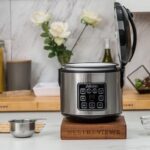
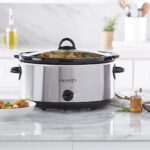
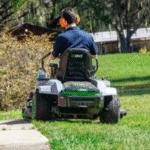
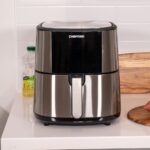
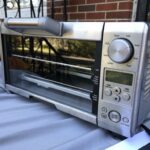
Leave a Reply